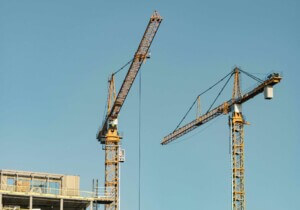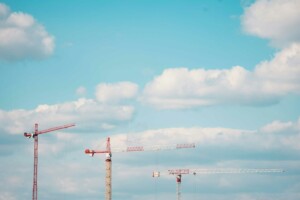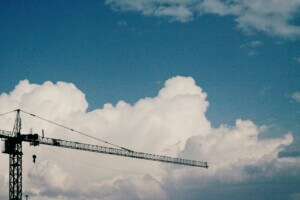With May and June in the rear window, we can fully assess the ongoing effect of the coronavirus-induced recession that’s gripped the U.S. since February, and unfortunately, the architecture sector is still feeling the burn. In the May Architecture Billings Index (ABI), released by the AIA at the end of last month, demand and billings dropped yet again.
After April brought the ABI, which combines regional averages, design demand by sector, project inquiries, and existing design contracts into a single quantity, to its lowest level ever (29.5; anything under 50 represents a decline, anything over an increase), things looked slightly better for May. With construction sites reopening across America and people tentatively beginning to head back to work, the ABI climbed to 32.0, still representing a decline.
Regional demand fared much worse than the overall ABI would indicate, as most areas saw design demand slide even further than in April. In the West, previously the strongest region, demand dropped from 38.1 to 36.0; the Midwest moved from 31.2 to 29.7, and demand in the South slid from 31.1 to 30.6. The Northeast saw an increase, which was to be expected as construction sites took their first steps toward operation, but still remained the weakest region, going from a paltry 23.0 up to 25.1.
Although May’s unemployment numbers in the U.S. picked up from the cataclysmic April figures, regaining an estimated 2.5 million jobs (although that figure may be incorrect), design contracts, indicators of future demand, only rose from 27.6 to 33.1. Billings were similar, moving from 29.5 to 32.0.
By sector, billings remained on par with what they were in April (though, keep in mind, still a decrease) for everything except the Commercial and Industrial sector, which dropped even further from 27.8 down to 24.8. Institutional work remained the strongest field, and accordingly, firms with an institutional focus showed the most strength, as billings fell from 36.1 to 35.7. Residential billing remained low as well at 34.8, indicating a lack of confidence in current economic conditions by large developers and single-family homeowners alike.
Meanwhile, the shift to working online has proved stressful across the board, and firms are worried about their future prospects as well as maintaining their level of current staffing once their Paycheck Protection Program (PPP) loans run out.
From the AIA’s survey:
Overall, 94% of responding firms this month reported that they have experienced at least one negative impact on their firm as a result of the shift to a virtual workforce, while 85% indicated that they have experienced at least one positive impact. More than half of firms reported experiencing challenges like difficulty supervising/managing/monitoring staff progress (59% of firms), staff distractions from working at home (57%), more difficult collaboration/sharing among staff (54%), and less creativity/spontaneity among staff (54%), while 49% reported decreased staff productivity and 41% indicated they have experienced a disruptive amount of emails, phone calls, and virtual meetings. The largest share of responding firms (22%), indicated that decreased staff productivity has been the one most harmful impact on their firm.
With the U.S. slowly figuring out how to safely reopen, here’s hoping that June’s ABI will paint a rosier portrait of recovery.











